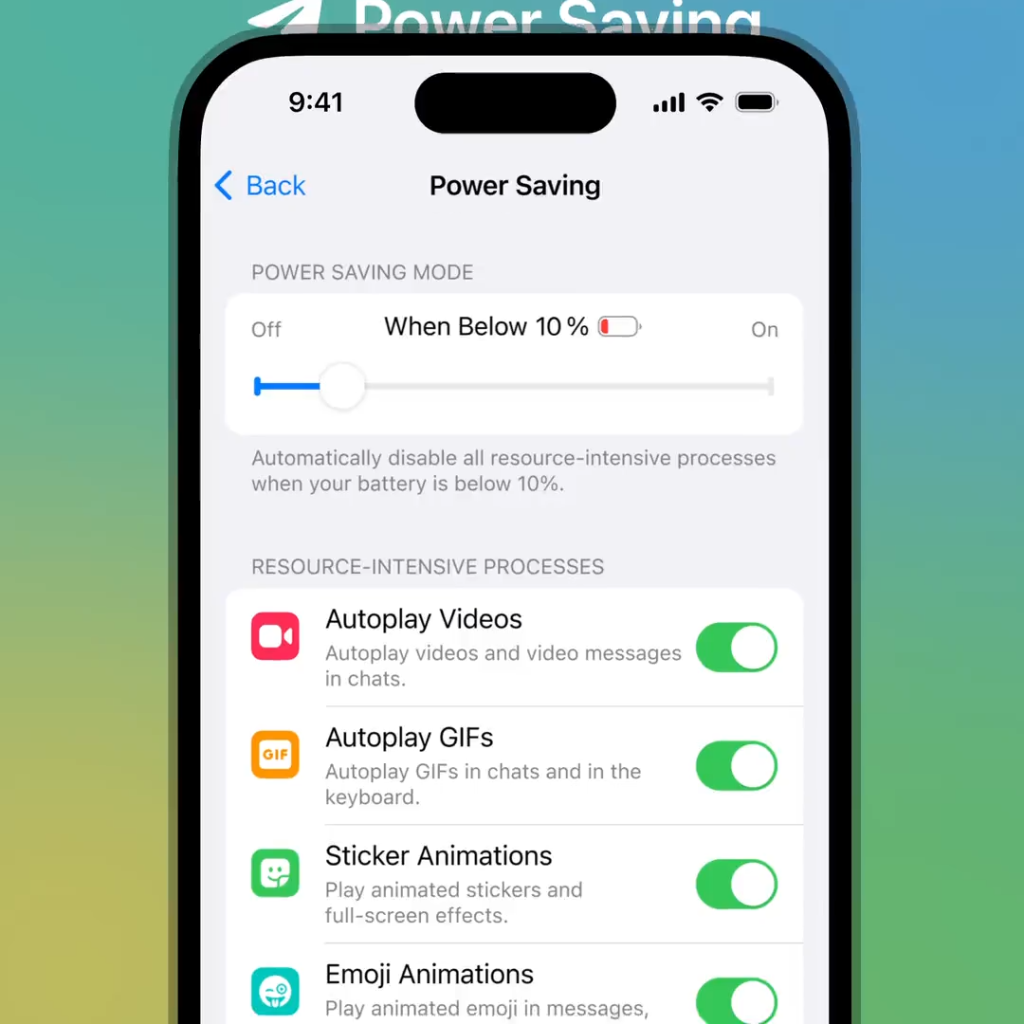
No, Trust Wallet is not a cold wallet; it is a hot wallet, meaning it is connected to the internet for transactions.
Definition of Cold Wallet
What is a Cold Wallet?
A cold wallet is a type of cryptocurrency storage solution that is completely offline, providing an extra layer of security against hacking and unauthorized access:
- Offline Storage: Cold wallets store cryptocurrency private keys in an offline environment, disconnected from the internet. This isolation significantly reduces the risk of cyber attacks, malware, and hacking attempts.
- Security: By being offline, cold wallets are less vulnerable to online threats. They are considered one of the safest methods for storing large amounts of cryptocurrency, especially for long-term holdings.
- Access: Cold wallets require physical access to the storage device to execute transactions. This adds a layer of physical security, ensuring that only individuals with access to the device can manage the funds.
Examples of Cold Wallets
There are several types of cold wallets, each offering different features and levels of security:
- Hardware Wallets:
- Ledger: A popular brand of hardware wallets that stores private keys on a secure hardware device. Ledger devices are known for their robust security features and ease of use.
- Trezor: Another leading hardware wallet, Trezor provides secure storage for a wide range of cryptocurrencies. It offers advanced security measures like PIN protection and recovery seeds.
- Paper Wallets:
- Printed Keys: A paper wallet involves printing the public and private keys on a piece of paper. This paper must be stored securely to prevent loss or damage.
- QR Codes: Some paper wallets include QR codes for easy scanning and transactions, adding convenience while maintaining offline security.
- Cold Storage Services:
- Custodial Cold Storage: Some custodial services offer cold storage solutions where they securely store clients’ cryptocurrencies offline. These services are typically used by institutions or high-net-worth individuals.
- Self-Managed Cold Storage: Individuals can create their own cold storage setups using air-gapped computers or USB drives that remain offline except when needed for transactions.

Trust Wallet Overview
Features of Trust Wallet
- Multi-Currency Support: Supports Bitcoin, Ethereum, Binance Coin, ERC-20, BEP-2, and BEP-20 tokens.
- User-Friendly Interface: Easy navigation for both beginners and experienced users.
- Built-In DApp Browser: Allows interaction with DApps and DeFi platforms directly from the wallet.
- Secure Storage: Local storage of encrypted private keys on the user’s device.
- Staking and Yield Farming: Enables staking and access to yield farming opportunities.
- Token Swapping: Facilitates token swaps within the app using integrated DEXs.
- NFT Support: Manages NFTs on Ethereum and Binance Smart Chain.
- Backup and Recovery: Uses a 12-word recovery phrase for wallet recovery.
How Trust Wallet Works
- Account Creation: Generates a 12-word recovery phrase during setup, stored offline for security.
- Private Key Management: Private keys are stored and encrypted locally on the user’s device.
- Transaction Execution: Transactions are signed locally and broadcasted to the blockchain network.
- Interaction with DApps: The DApp browser supports various activities like trading, lending, and DeFi participation.
- Staking and Earning Rewards: Users can stake supported cryptocurrencies and earn rewards.
- Token Swapping and Trading: Integrated DEXs allow for seamless token trading within the app.
- Security Measures: Features biometric authentication and PIN codes to protect wallet access.
Security Measures
Encryption and Private Keys
Trust Wallet employs robust security measures to protect users’ digital assets:
- Advanced Encryption: Private keys are encrypted using AES-256 encryption, ensuring data remains secure even if the device is compromised.
- Local Key Storage: Private keys are stored locally on the user’s device, not on centralized servers. This ensures that only the user has access to their private keys.
- Biometric Authentication: Supports fingerprint and facial recognition to add an extra layer of security, ensuring only authorized users can access the wallet.
- PIN Code Protection: Users can set up a PIN code that must be entered to access the wallet, providing additional protection even if the device is unlocked.
Backup and Recovery
Trust Wallet provides comprehensive backup and recovery options to safeguard users’ assets:
- Recovery Phrase: When setting up the wallet, a 12-word recovery phrase is generated. This phrase is crucial for recovering the wallet in case of device loss or damage.
- Secure Storage of Recovery Phrase: Users are advised to write down the recovery phrase and store it in a secure, offline location. Multiple copies in different secure locations are recommended to prevent loss.
- Tested Recovery Process: Users can test the recovery process by using the recovery phrase to restore the wallet, ensuring it is correctly recorded and functional.
- Offline Storage: Storing the recovery phrase offline prevents exposure to online threats such as hacking and malware.

Comparison with Cold Wallets
Trust Wallet vs. Ledger
Storage Type:
- Trust Wallet: A hot wallet that stores private keys locally on a user’s mobile device.
- Ledger: A cold wallet that stores private keys on a secure hardware device, completely offline until connected to a computer.
Security:
- Trust Wallet: Uses AES-256 encryption, biometric authentication, and PIN codes. Private keys are encrypted and stored locally but are connected to the internet when the device is online.
- Ledger: Provides higher security through offline storage. Private keys never leave the hardware device, reducing exposure to online threats. It also supports PIN protection and requires physical confirmation of transactions on the device.
Convenience:
- Trust Wallet: More convenient for daily transactions and accessing decentralized applications (DApps) due to its always-online nature.
- Ledger: Less convenient for frequent transactions due to the need to connect the device to a computer. Ideal for long-term storage of large amounts of cryptocurrency.
Supported Assets:
- Trust Wallet: Supports a wide range of cryptocurrencies, including Bitcoin, Ethereum, Binance Coin, and various tokens (ERC-20, BEP-2, BEP-20).
- Ledger: Supports an extensive list of cryptocurrencies and tokens, often comparable to Trust Wallet, but generally considered more comprehensive in terms of security.
User Experience:
- Trust Wallet: Offers a user-friendly mobile interface with features like token swapping, staking, and a built-in DApp browser.
- Ledger: Provides a desktop and mobile interface through Ledger Live, which is secure but may require more steps to use compared to Trust Wallet.
Trust Wallet vs. Trezor
Storage Type:
- Trust Wallet: A hot wallet storing private keys on a user’s mobile device.
- Trezor: A cold wallet storing private keys on a hardware device, kept offline until needed for transactions.
Security:
- Trust Wallet: Employs encryption, biometric authentication, and PIN codes, but is online and thus potentially more vulnerable to internet-based threats.
- Trezor: Offers enhanced security with offline private key storage and physical transaction confirmations. Trezor devices also use PIN protection and recovery seeds.
Convenience:
- Trust Wallet: Suitable for everyday use, providing quick access to funds and DApps.
- Trezor: Best for secure, long-term storage. It is less convenient for frequent transactions due to the need to connect the hardware device to a computer.
Supported Assets:
- Trust Wallet: Supports a wide variety of cryptocurrencies, including multiple blockchain tokens.
- Trezor: Supports a wide range of cryptocurrencies and tokens, similar to Ledger, with a focus on security.
User Experience:
- Trust Wallet: Easy-to-use mobile app with integrated DeFi features, token swapping, and staking.
- Trezor: Uses Trezor Suite for desktop and mobile, which offers a secure but slightly more complex interface for managing crypto assets.

Use Cases for Trust Wallet
Everyday Transactions
Trust Wallet is well-suited for everyday cryptocurrency transactions due to its ease of use and accessibility:
- Quick Access: As a mobile app, Trust Wallet provides users with instant access to their cryptocurrency holdings, making it convenient for everyday use.
- User-Friendly Interface: The intuitive design allows users to easily send and receive cryptocurrencies with minimal effort. Features like QR code scanning streamline the process of making transactions.
- Multi-Currency Support: Trust Wallet supports a wide range of cryptocurrencies, allowing users to manage multiple assets in one place. This is particularly useful for those who frequently transact with different cryptocurrencies.
- Token Swapping: Integrated token swapping allows users to quickly exchange one cryptocurrency for another without needing to use external exchanges. This feature is beneficial for those who need to make frequent trades.
- DApp Browser: The built-in DApp browser enables users to interact with decentralized applications (DApps) directly from the wallet. This is ideal for those who regularly use DeFi services, play blockchain-based games, or engage with other DApps.
- Security Features: Biometric authentication and PIN codes enhance security for everyday transactions, ensuring that only authorized users can access and use the wallet.
Long-Term Storage
While primarily a hot wallet, Trust Wallet can also be used for long-term storage of cryptocurrencies, though it may not offer the same level of security as cold wallets:
- Private Key Control: Users retain full control over their private keys, which are stored locally on their device and encrypted. This aligns with the principles of self-custody, crucial for long-term storage.
- Backup and Recovery: The 12-word recovery phrase allows users to securely back up and recover their wallet, ensuring they can always access their assets even if the device is lost or damaged.
- Multi-Layer Security: Trust Wallet employs multiple layers of security, including AES-256 encryption and biometric authentication, to protect users’ funds.
- Periodic Access: For users who need to occasionally access their funds for staking or other long-term investment activities, Trust Wallet provides a good balance of security and accessibility.
- Staking: Trust Wallet supports staking for various cryptocurrencies, allowing users to earn rewards on their holdings over time. This feature is beneficial for long-term holders looking to generate passive income.
- DeFi Integration: Users can leverage Trust Wallet’s integration with DeFi platforms to lend, borrow, or earn interest on their crypto assets, enhancing the utility of their long-term holdings.

User Reviews and Feedback
Positive Experiences
Trust Wallet has received numerous positive reviews from users, highlighting several key strengths:
- Ease of Use: Users frequently praise Trust Wallet for its intuitive and user-friendly interface. The straightforward setup process and easy navigation make it accessible for both beginners and experienced cryptocurrency enthusiasts.
- Wide Range of Supported Cryptocurrencies: Many users appreciate the extensive list of supported coins and tokens, including Bitcoin, Ethereum, Binance Coin, and various ERC-20 and BEP-20 tokens. This versatility allows users to manage diverse portfolios in one place.
- Security Features: Trust Wallet’s robust security measures, including local key storage, advanced encryption, and biometric authentication, receive high marks from users who feel confident in the safety of their assets.
- DeFi and DApp Integration: The built-in DApp browser and seamless integration with DeFi platforms are particularly valued by users who engage in decentralized finance activities. This feature allows for easy access to various DApps directly from the wallet.
- Reliability: Users often mention the wallet’s reliability and stable performance. Trust Wallet is seen as a dependable option for managing and transacting cryptocurrencies without significant technical issues.
- Customer Support: Positive feedback about customer support is common, with users noting the responsiveness and helpfulness of the support team in resolving issues and answering queries.
Common Concerns
Despite the generally positive feedback, some users have expressed concerns about certain aspects of Trust Wallet:
- High Network Fees: Some users are frustrated with the high network fees associated with certain transactions, particularly on the Ethereum network. While this issue is more related to network congestion than the wallet itself, it affects the overall user experience.
- Occasional Bugs: A few users have reported encountering bugs or glitches within the app. While these issues are typically resolved with updates, they can be a source of frustration for those affected.
- Recovery Process: The necessity of securely backing up and storing the 12-word recovery phrase is sometimes seen as cumbersome. Users who lose their recovery phrase may permanently lose access to their funds, highlighting the importance of careful phrase management.
- Manual Token Addition: Users sometimes find it inconvenient to manually add custom tokens that are not automatically detected by the wallet. This can be confusing for less experienced users.
- Phishing and Security Risks: A few users have fallen victim to phishing attacks or malware, resulting in the loss of funds. This underscores the need for users to follow best security practices and remain vigilant against scams.
- Limited In-App Exchange Options: While Trust Wallet supports token swapping, some users wish for more extensive in-app exchange options, such as direct fiat-to-crypto conversions or integration with additional exchanges.

Best Practices for Using Trust Wallet
Enhancing Security
To ensure the security of your digital assets while using Trust Wallet, it’s essential to follow these best practices:
- Use Strong Passwords: Protect your device and any linked accounts with strong, unique passwords. Avoid using easily guessable passwords or reusing passwords across multiple sites.
- Enable Biometric Authentication: Use fingerprint or facial recognition to add an extra layer of security. This ensures that only you can access the wallet on your device.
- PIN Code Protection: Set up a PIN code within the Trust Wallet app to prevent unauthorized access. This adds another layer of security, even if your device is unlocked.
- Secure Your Device: Keep your mobile device secure by enabling lock screens, installing antivirus software, and avoiding suspicious downloads.
- Stay Updated: Regularly update your Trust Wallet app and your device’s operating system. Updates often include security patches that protect against new threats.
- Avoid Public Wi-Fi: Conduct transactions over secure, private networks. Public Wi-Fi can be vulnerable to attacks, making your data more susceptible to interception.
- Be Cautious of Phishing: Always verify the authenticity of websites and emails before entering sensitive information. Trust Wallet will never ask for your recovery phrase via email or messaging apps.
- Download from Official Sources: Only download Trust Wallet from the official App Store or Google Play Store to avoid fake or malicious versions of the app.
Regular Backups
Regularly backing up your Trust Wallet is crucial to ensuring you can recover your funds if your device is lost, stolen, or damaged:
- Write Down Your Recovery Phrase: When setting up Trust Wallet, you receive a 12-word recovery phrase. Write this down on paper and do not store it digitally. Digital storage can be hacked or lost.
- Store the Recovery Phrase Securely: Keep the written recovery phrase in a secure, offline location, such as a safe or a safety deposit box. Consider making multiple copies and storing them in different locations to protect against loss or damage.
- Test Your Backup: Verify that you have correctly recorded your recovery phrase by using it to restore access to your wallet on a different device. This ensures you can recover your wallet if necessary.
- Keep Backup Information Confidential: Never share your recovery phrase with anyone. Anyone with access to this phrase can control your wallet and assets.
- Update Backup Practices: Whenever you add significant funds to your wallet or make major changes, review and update your backup practices to ensure they remain adequate.
- Educate Trusted Individuals: If you have significant assets in your wallet, consider educating a trusted individual about how to use the recovery phrase to access the wallet in case you are unable to do so.